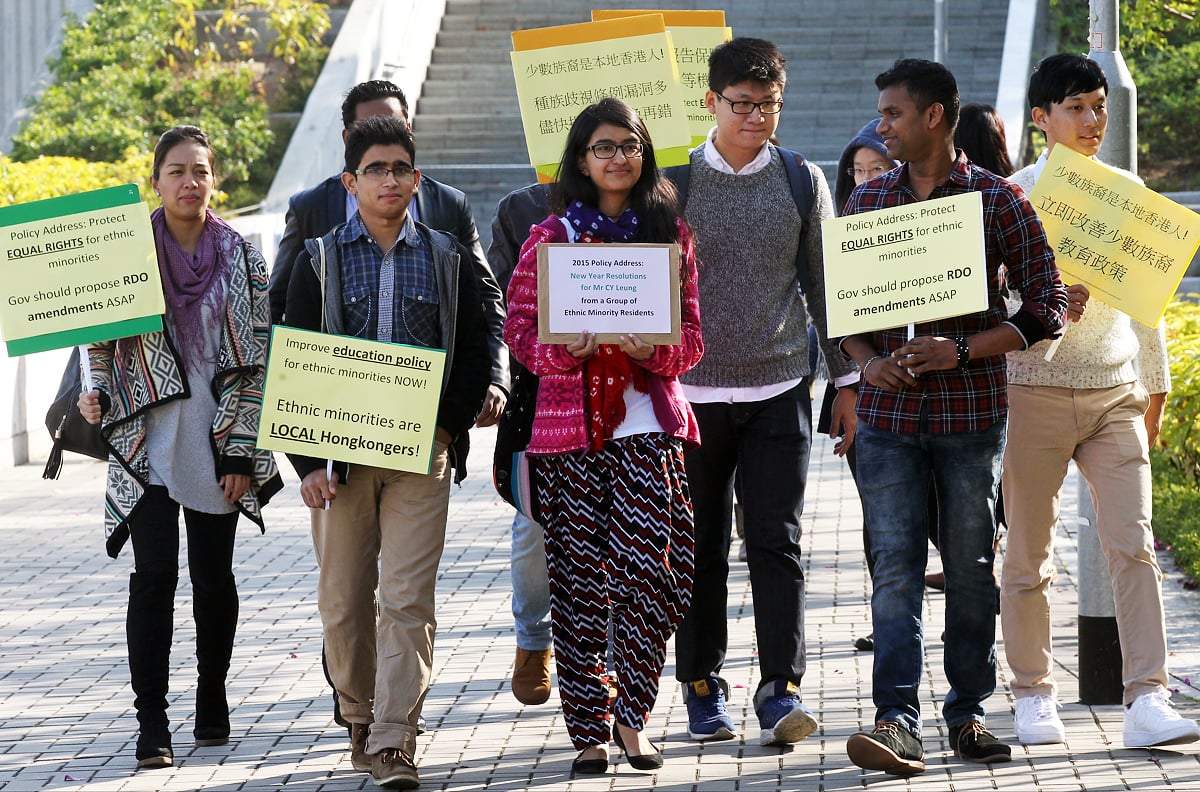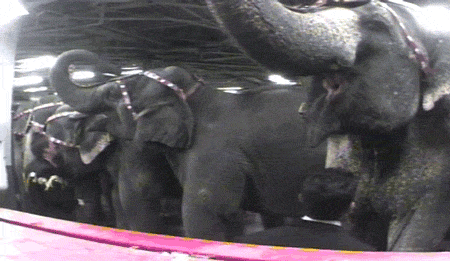Racial inequality has been around since the beginning of time. The fight against this inequality has been improving everyday, but it has not come to an end yet. In the urban jungle of Hong Kong, racial inequality has been common amongst individuals of the Chinese race, especially towards ethnic minorities.
BBC News (2015) has reported that Hong Kong has a population of 365,000 ethnic minorities in Hong Kong. Communities consist of mainly Nepalese, Indians, Pakistanis and Filipinos. Ethnic minorities have been in Hong Kong for several decades, but they face different issues than just Hong Kong’s main problems i.e. housing issues.
South China Morning Post (2018) posted a video on YouTube regarding the discrimination problem towards ethnic minority families when they are looking for a home. Ethnic minorities face more extreme housing problems when compared to local civilians, as some citizens are not accepting of other “darker skin” nationalities.
Landlords would decline showing these families flats, as landlords are terrified it will affect locals from being neighbors with them. Some neighbors have complained that they do not want the “curry smell” from these individuals, and also find it hard to communicate with them due to language barriers.
To Kwa Wan property agent Hui Kwok Sun states how 60% of the landlords in Hong Kong would not rent out to these families. Even minority families with high income were rejected to rent, in order to keep the peace within the locals in their flats.
There were more complaints from locals that ethnic minorities would not pay rent, drop trash and are extremely difficult to have a conversation with, creating this false stereotype towards them.
“Hong Kong Unison”, a minority advocacy group stated how the government should reinforce the Race Discrimination Ordinance.
“Officials should make it easier for minorities to file complaints and take a case to court”, says Hong Kong Unison.
Housing problems are not the only forms of discrimination they struggle with. Ethnic minority children are challenged to fitting in Hong Kong society, as their curriculum does not provide any form of Cantonese teaching as a second language, according to Castle J. (2015) from BBC.
“The language requirement that forms a barrier for ethnic minorities to receive equal access in education and the labour market, can be seen as an indirect form of discrimination,” says Raymond Ho, a senior member of the Equal Opportunities Commission in Hong Kong.
Ethnic Minority Kids in EMI (English as the medium of instruction) designated schools
Local Kindergartens require kids to be able to speak Chinese at the age of 3 and even use Chinese as the interview medium towards the ethnic minority youth. English Medium schools were the designated spot for this niche society. But that does not solve the potential problems they will face in the future, such as fulfilling the Cantonese requirement in University or employment.
News Channels like BBC and South China Morning Post report discriminative findings about situations like the above, but this can be effective in order to stop this inequality. Major News outlets like BBC are able to raise an awareness that there is an issue of racial inequality in places like Hong Kong.
Ethnic minorities face a lot of difficulties in their Hong Kong lifestyle. In their daily life, ethnic minorities are faced with discrimination in shops, restaurants etc. Staff refuse service to these individuals, due to their difference in color. This makes life hard for them as they can not find employment, education or other fundamental human rights so easily in Hong Kong society.

According to Society for Community Organization: Hong Kong (2001), “There are 279,600 non-Chinese in Hong Kong which occupy 4.1% of the total population. Among them, 32% have been rejected for employment or interview because of their races or based on some bad excuses while 27% have been rejected when the employers learnt that they were not Chinese or Westerns. Their lack of employment is not due to lack of skills or degrees, it is simply about their nationality and the cultural differences between the Chinese. Discrimination can be shown also within the salary contrasts between ethnic minorities and Chinese. The median monthly income of Hong Kong population is HK$10,000 while the median monthly earning for new immigrants and ethnic minorities is HK$6,000 and HK$3,800 respectively, based on the Coalition for Racial Equality (CORE), Hong Kong Human Rights Commission (July 30 2001).

Foreign domestic helpers (FDHs) are also affected as they are treated as a second class towards Hong Kong citizens. FDHs are categorized into usually Filipinos, Indonesians and Thais. Based of a survey of Asian Migrant Centre and Coalition For Migrants’ Right, 2,500 respondents were conducted in this survey to find out more in depth about their discrimination.
“The result reveals that the FDHs have identified some areas of public life where they are very often unfairly treated or discriminated against. They are markets/groceries (7%), shop/restaurants/commercial establishments (4.5%), and public transportation personnel (3.4%).”
The belief of their discrimination is due to the nature of their job as a domestic helper, and also the fact they are different from local citizens in Hong Kong.
Ethnic minority discrimination is so common in Hong Kong society on a daily basis, we tend to turn a blind eye against them. Is there any organization that can help with this inequality?
Hong Kong Unison.

Hong Kong Unison is a non-governmental organization founded in March 2001 and recognized as a public charitable institution (IR File No. 91/7763) in 2005. We receive no government funding. In the past years, our services have expanded from handling individual cases to advocating policy reforms for ethnic minority residents. (Hong Kong Unison, 2001)
They strive to close the gap between the racial equality towards ethnic minorities in Hong Kong. They provide programs which empower the ethnic minority youth, as well to teach Cantonese to them as Cantonese is not taught as a second language to foreigners residing in Hong Kong.
Will we be able to stop the fight between ethnic minorities in Hong Kong? We may never know, but at least we can try.
References
- Castle, J. (2015, October 07). Hong Kong minorities ‘marginalised’ in school. Retrieved from https://www.bbc.com/news/business-34444284
- Coalition for Racial Equality (CORE), Hong Kong Human Rights Commission. (July 30, 2001) Retrieved from https://www2.ohchr.org/english/bodies/hrc/docs/ngos/HKHRC_ChinaHongKong106.pdf
- Hong Kong Unison. (2001). About Hong Kong Unison. Retrieved from http://www.unison.org.hk/index.php
- Society for Community Organization: Hong Kong (2001). Retrieved from https://soco.org.hk/publication/press_release/crec/2008/press_release_eoc_RDO_2008_11_5_e.doc












